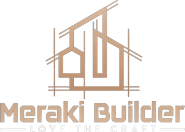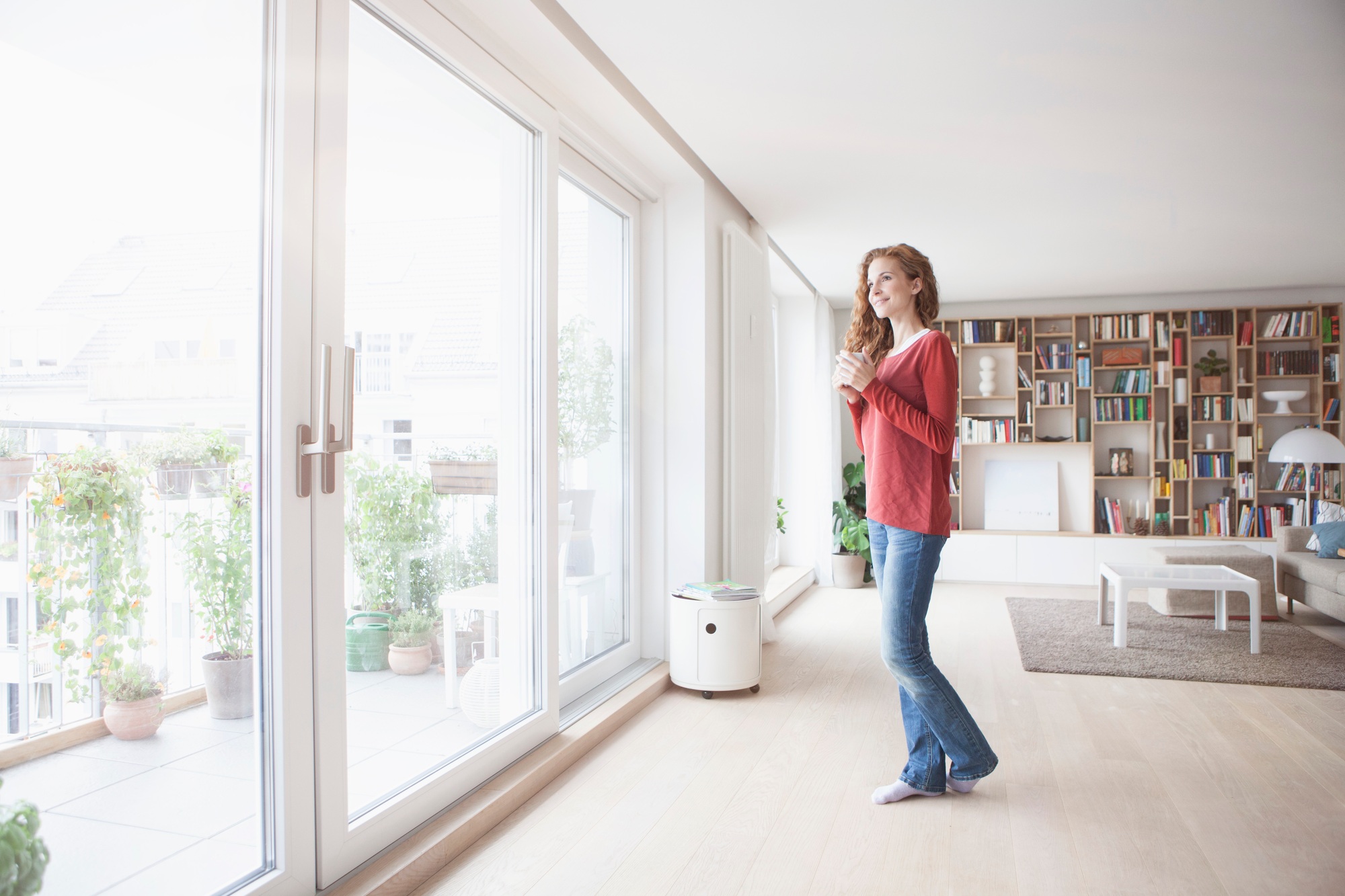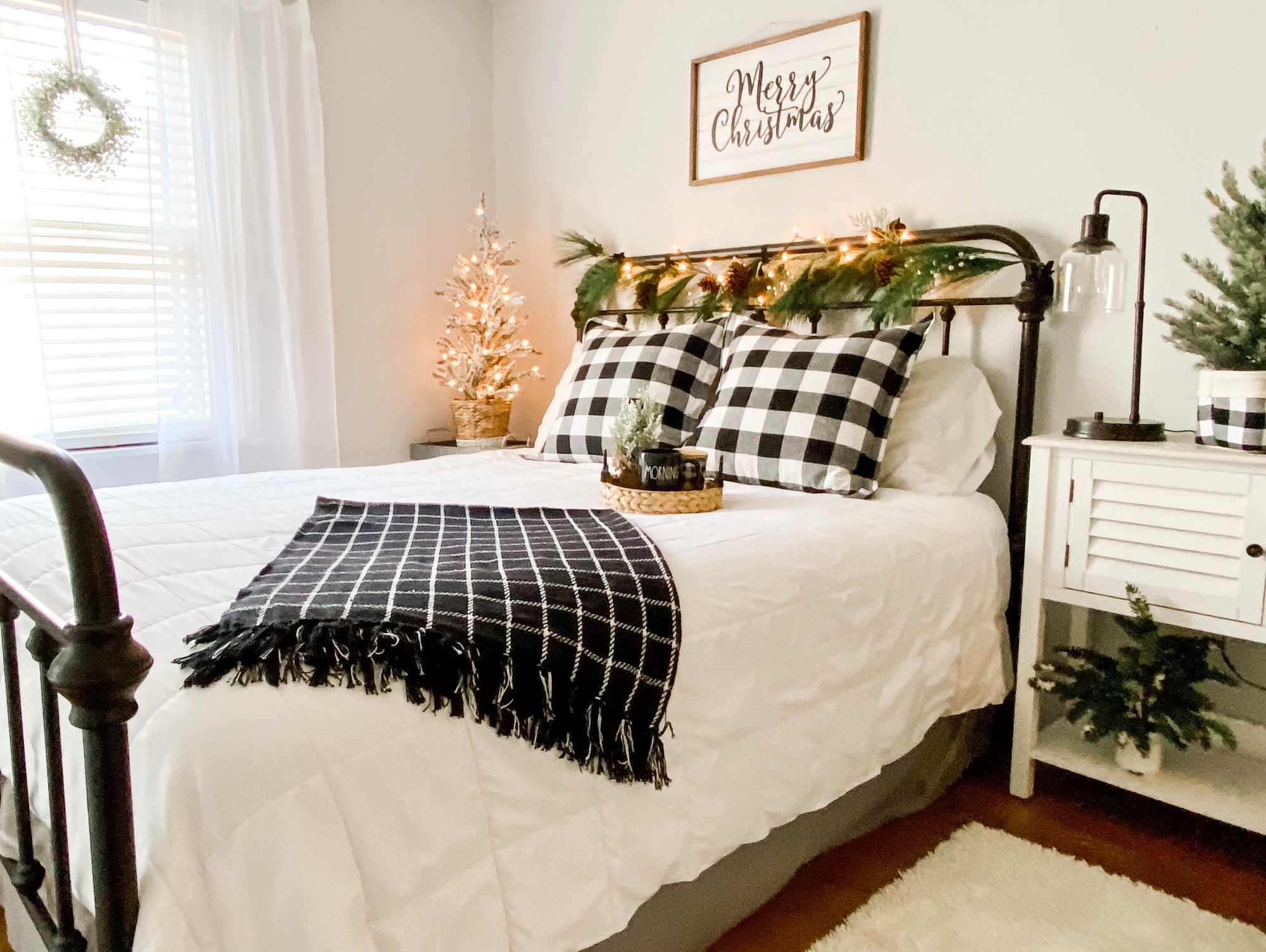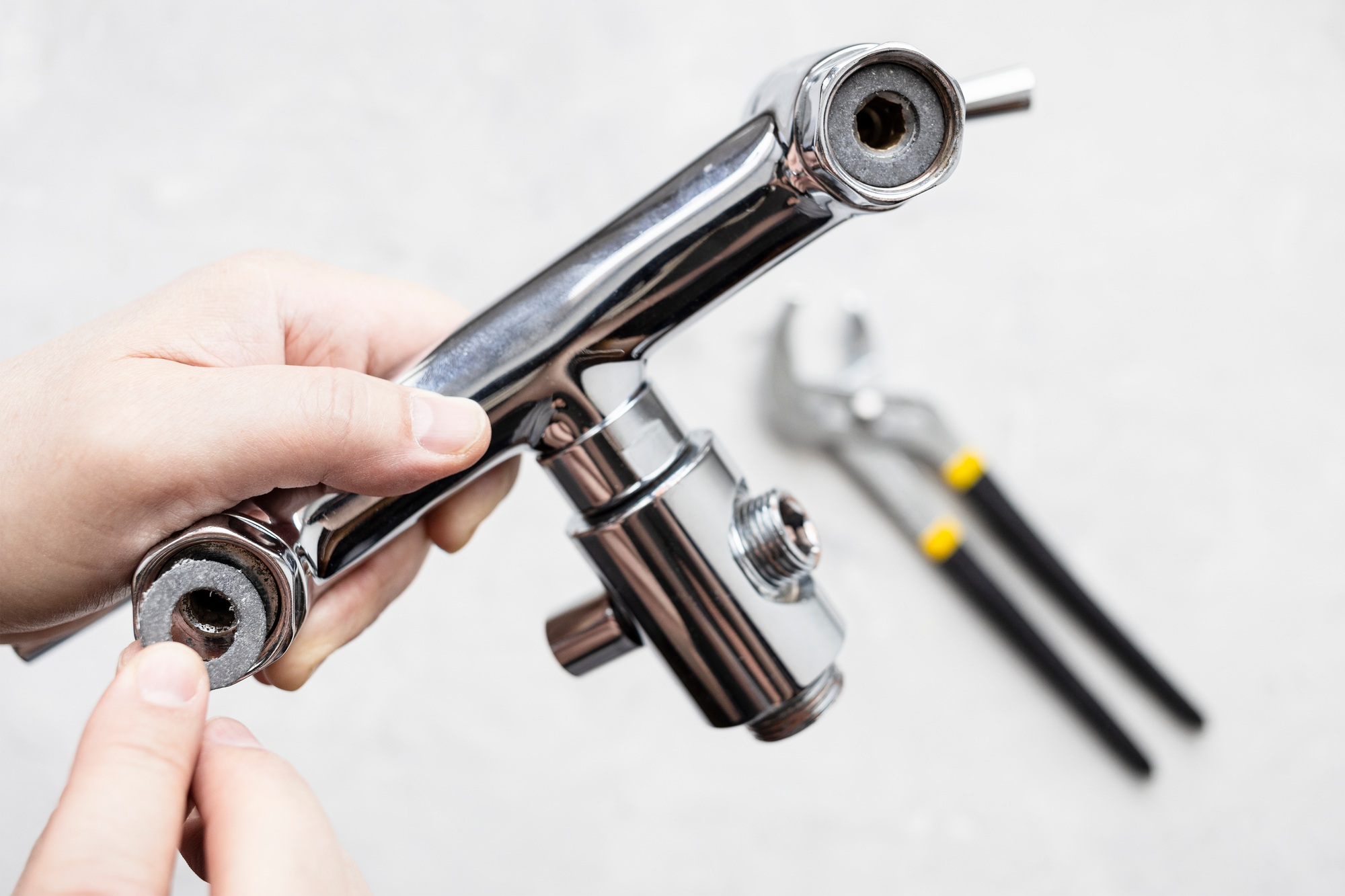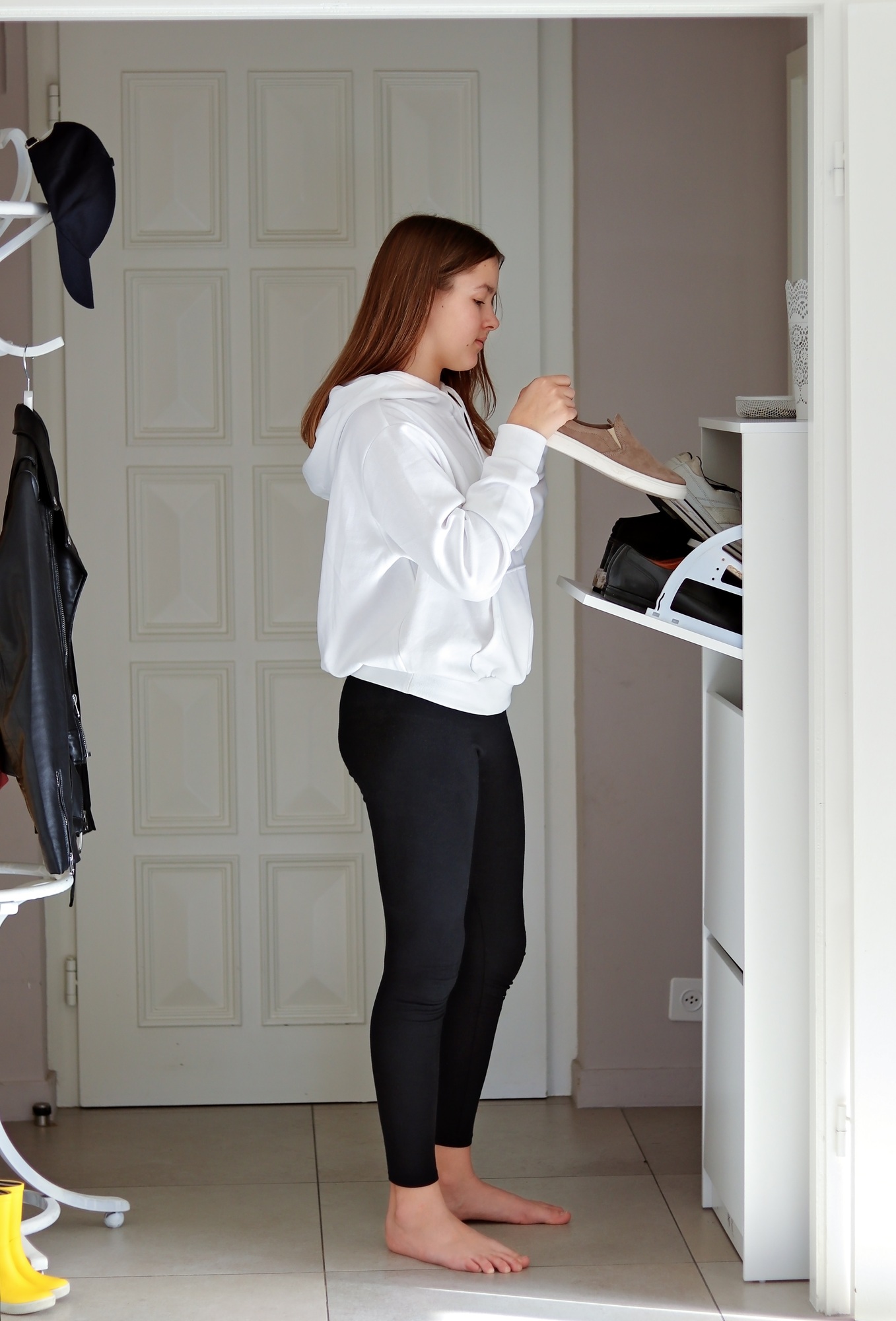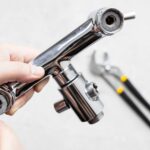Water conservation is more than a passing trend; it has become a vital part of modern home design and sustainability. As water shortages become more common, homeowners are looking for ways to reduce their environmental impact without compromising the beauty or functionality of their spaces. Water-saving fixtures not only help protect our most valuable resource, but they also offer the opportunity to upgrade your home with sleek, stylish, and efficient options. From bathrooms to kitchens and beyond, these fixtures are designed to maximize performance while minimizing water consumption.
In this post, we’ll explore how to integrate stylish, eco-friendly fixtures into your home. We’ll cover faucets, showerheads, toilets, and other systems that combine aesthetic appeal with water-saving benefits. Plus, we’ll show you how these fixtures can be seamlessly incorporated into various design styles, ensuring your home remains both functional and beautiful.
1. Water-Saving Faucets: Efficient, Elegant, and Effective
One of the easiest and most effective upgrades for water conservation is the faucet. Modern faucets are designed to maintain water pressure while using less water. By opting for water-saving models, you can drastically reduce your water consumption without sacrificing performance or style.
Low-Flow Faucets: Saving Water Without Compromise
Low-flow faucets have become a staple in water-efficient design. These faucets are engineered to use 1.5 gallons per minute (GPM) or less, compared to standard faucets, which typically use 2.5 GPM or more. By limiting water flow, low-flow faucets reduce overall water usage by more than 30%. However, the best part is that modern low-flow faucets are designed to maintain high water pressure, ensuring that you don’t feel a noticeable difference in performance.
These faucets come in a wide range of styles, from sleek and minimalist to traditional and ornate. Whether you’re remodeling your kitchen, bathroom, or laundry room, you’ll find a low-flow faucet that fits your aesthetic. Look for finishes like brushed nickel, matte black, or polished chrome, which complement various design schemes while providing functionality.
Faucet Aerators: Small Accessories, Big Impact
Faucet aerators are another simple yet effective solution to reduce water waste. These small attachments fit onto the end of your faucet and mix air with water, creating the illusion of higher water pressure while using less water. Aerators can reduce water flow without affecting the performance of your faucet, making them an easy and inexpensive upgrade for any home. You can find aerators for both kitchen and bathroom faucets, ensuring that every faucet in your home can contribute to water conservation.
2. High-Efficiency Showerheads: Luxury That Saves Water
The bathroom is where water use can quickly add up, especially when it comes to showers. In fact, the average showerhead uses 2.5 gallons of water per minute. However, today’s high-efficiency showerheads are designed to reduce water usage without sacrificing the luxurious feel of a spa-like shower. Here are a few options to consider when upgrading your shower system:
Low-Flow Showerheads: Water Efficiency Meets Comfort
Low-flow showerheads have evolved significantly in recent years. Many models now offer multiple settings to allow for a customizable shower experience. Look for showerheads with a flow rate of 1.8 GPM or less to cut down on water usage while still enjoying a relaxing shower. These showerheads are equipped with advanced technologies that maintain water pressure, ensuring you don’t experience the weak, unsatisfying streams that early low-flow models were known for.
In addition to reducing water usage, low-flow showerheads come in a variety of styles. Rainfall, handheld, and multi-function showerheads all come in water-saving versions. Whether you want a gentle, rain-like flow or a focused spray, there’s a low-flow showerhead that fits your needs. Many models are available in sleek designs with finishes like brushed brass, matte black, and stainless steel, which complement contemporary and traditional bathroom styles alike.
Smart Showerheads: Eco-Friendly Meets Technology
Smart showerheads are another innovative option for water conservation. These showerheads feature built-in sensors that monitor water usage and allow you to control the temperature and flow precisely. Some models even come with built-in timers to alert you when you’ve been in the shower for too long, helping you avoid unnecessary water waste. Plus, smart showerheads can integrate with other home automation systems, giving you full control over your water usage via your smartphone or voice assistant.
For those who want both luxury and eco-friendliness, smart showerheads offer the perfect combination. They give you the flexibility to adjust settings according to your preferences while minimizing water usage.
3. Water-Efficient Toilets: Cutting Down on Waste
Toilets are responsible for a large portion of a home’s water consumption, but upgrading to water-efficient models can significantly reduce water usage without sacrificing performance. High-efficiency toilets (HET) have become the standard in modern homes, offering exceptional performance while using as little as 1.28 gallons per flush (GPF), compared to the traditional 1.6 GPF. Here’s how you can incorporate water-saving toilets into your home design:
Dual-Flush Toilets: Flexibility in Water Use
Dual-flush toilets allow you to choose between two flush options: one for liquids, which uses less water, and one for solids, which uses more water. This flexibility enables you to adjust your water usage depending on your needs. Dual-flush toilets are available in various styles, from sleek, contemporary models to more traditional designs. Whether you prefer a minimalist look or something more classic, you can find a dual-flush toilet that suits your bathroom design.
Pressure-Assisted Toilets: Powerful Flushing with Less Water
Pressure-assisted toilets use air pressure to forcefully evacuate waste, which allows them to achieve optimal performance with less water. These toilets are ideal for households with heavy usage, as they provide a more powerful flush compared to gravity-fed models. Pressure-assisted toilets can reduce water consumption by up to 30% while ensuring a clean, effective flush.
With a variety of designs and features available, modern water-efficient toilets can suit any bathroom style, from minimalist to luxurious. Many are now equipped with advanced features like heated seats, nightlights, and touchless flush mechanisms, making them both stylish and convenient.
4. Water-Saving Appliances: Beyond Plumbing Fixtures
While faucets, showerheads, and toilets are some of the most common water-saving upgrades, appliances in your home can also contribute to your conservation efforts. By choosing energy-efficient models, you can reduce water consumption and save on your water bill. Here are a few appliances to consider:
Energy-Efficient Dishwashers
Newer dishwashers are designed to use significantly less water than older models. Many energy-efficient dishwashers use as little as 3.5 gallons per load, compared to 10 gallons or more used by older machines. These dishwashers have advanced sensors that adjust the water usage based on the load size, making them highly efficient while still delivering superior cleaning results. Look for dishwashers with the Energy Star label to ensure you’re getting a water-efficient model that meets strict energy and water-saving standards.
High-Efficiency Washing Machines
Like dishwashers, washing machines have also become more water-efficient. High-efficiency washing machines can use up to 50% less water compared to older models. These machines are designed to wash clothes effectively with minimal water usage, saving both water and energy. Many modern washing machines feature settings that optimize water usage based on the size and type of load, ensuring you get a deep clean while conserving water.
5. Eco-Friendly Outdoor Watering Systems
Outdoor water usage can also contribute to high water bills, especially if you have a large lawn or garden. However, there are several ways to save water in your outdoor spaces without sacrificing your landscape’s beauty:
Low-Flow Irrigation Systems
Drip irrigation and low-flow sprinkler systems are designed to deliver water directly to the roots of plants, minimizing water waste. These systems use less water than traditional sprinklers, which tend to spray water over large areas, often resulting in run-off. By targeting the plants’ root systems, drip irrigation ensures that water is absorbed more efficiently, helping you maintain a lush garden while conserving water.
Smart Irrigation Controllers
Smart irrigation systems can automatically adjust water usage based on weather conditions. These controllers use weather data and soil moisture sensors to determine when and how much water your garden needs. By using less water during rainy weather and adjusting for dry conditions, these systems help save water while keeping your plants healthy.
Drought-Tolerant Landscaping
Xeriscaping is the practice of designing a landscape with drought-tolerant plants that require less water to thrive. By replacing water-hungry grass with native plants, succulents, and other low-water species, you can significantly reduce your outdoor water usage. Additionally, using mulch and other water-saving techniques in your garden can help retain moisture in the soil, further reducing the need for irrigation.
Conclusion
Water-saving fixtures and appliances are an excellent way to reduce your home’s environmental footprint without sacrificing style or functionality. From faucets and showerheads to toilets and dishwashers, today’s water-efficient options combine the latest technologies with sleek, modern designs. Whether you’re upgrading a single room or remodeling your entire home, these water-saving solutions can help you conserve water and save money in the long run. With so many stylish and effective options available, there’s no reason not to incorporate water-saving features into your home.
By embracing these eco-friendly solutions, you can create a more sustainable living environment without compromising on the beauty or functionality of your home. Whether you’re concerned about reducing water waste, saving money on utilities, or simply making more eco-conscious choices, water-saving fixtures offer the perfect balance of style, efficiency, and sustainability.
